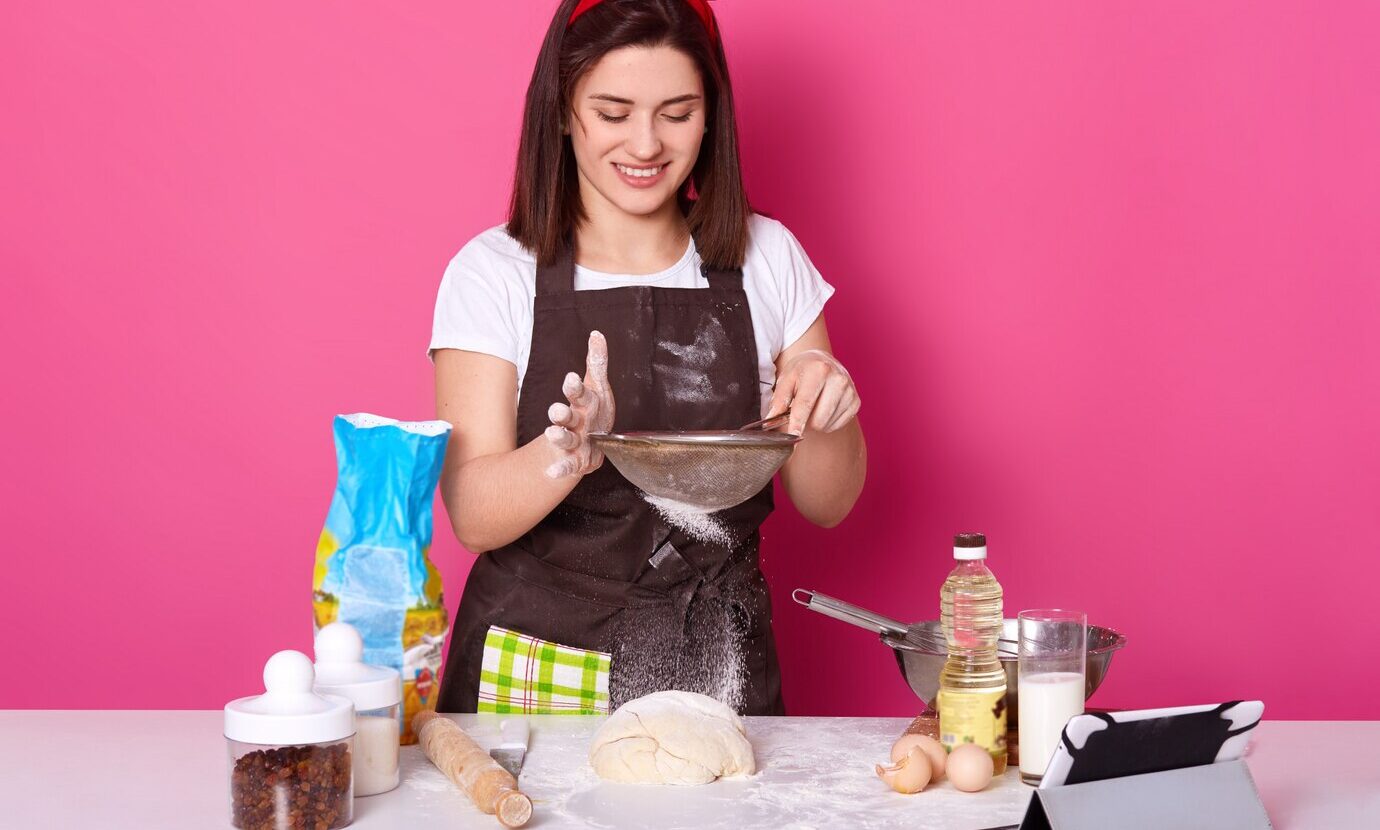
7 Mistakes New Home Cooks Make — And How to Avoid Them
Cooking at home should be fun, fulfilling, and maybe even a little messy. But for many beginners, it often feels overwhelming. Between confusing recipes, kitchen mishaps, and the fear of failure, it’s easy to get discouraged before you even pick up a spatula.
At Cook Curators, we’ve seen it all — and we’re here to make sure you don’t make the same mistakes most beginners do. Whether you’re just getting started or looking to sharpen your skills, here are seven common cooking mistakes and how to avoid them.
1. Skipping the Prep
One of the most common mistakes home cooks make is diving into a recipe without preparing ingredients in advance. You might find yourself searching for that spice, chopping an onion mid-simmer, or realizing halfway through that you’re missing a key item.
Professional chefs use a method called “mise en place,” which means “everything in its place.” It simply means measuring and preparing all your ingredients before you begin cooking. This makes the process smoother, faster, and a lot less stressful.
What to do instead: Read the recipe from start to finish, chop and measure everything beforehand, and keep it all organized on your countertop.
2. Using the Wrong Pan
Not all cookware is created equal. Using a pan that’s too small can overcrowd ingredients, leading to steaming instead of searing. A pan that’s too large can burn food or dry out sauces. And sometimes, using the wrong material (like nonstick when it should be cast iron) changes the texture or taste of your dish.
What to do instead: Get to know your pans. For high-heat searing, use stainless steel or cast iron. For eggs or delicate foods, go for nonstick. And always match the pan size to the recipe.
3. Cooking Meat Straight from the Fridge
Pulling meat from the fridge and tossing it straight into a hot pan might seem fine, but it can lead to uneven cooking. The outside may be overdone while the inside stays cold and raw.
What to do instead: Let meat rest at room temperature for 15–20 minutes before cooking. This helps it cook evenly and stay juicy.
4. Not Seasoning Properly
Salt isn’t just about making food salty — it brings out the natural flavors of ingredients. Under-seasoning is one of the biggest reasons home-cooked meals taste flat or bland. On the flip side, over-seasoning can ruin a dish just as quickly.
What to do instead: Taste as you go! Add salt gradually, and don’t forget to season every layer — from vegetables to sauces to proteins. Also, use other flavor builders like pepper, lemon juice, herbs, and spices to enhance depth.
5. Overcrowding the Pan
When you crowd ingredients in a pan, they steam instead of brown. This is especially true for proteins like chicken or beef and vegetables that are supposed to be roasted or crisped. Instead of getting that beautiful golden crust, you’ll get soggy food.
What to do instead: Give everything space. Cook in batches if needed, and use a larger pan when possible. Proper airflow around ingredients creates that delicious caramelization you’re aiming for.
6. Relying Too Much on Recipes
Recipes are great — especially when you’re learning — but sticking to them word-for-word can limit your creativity and adaptability. Cooking is about using your senses: smell, sight, taste, and feel. If something smells like it’s burning or looks done, don’t wait for the timer.
What to do instead: Use recipes as a guide, not a rulebook. Learn techniques, ratios, and flavor combinations so you can cook with intuition and confidence. That’s exactly what we teach in Cook Curators classes — how to think like a cook, not just follow instructions.
7. Being Afraid to Make Mistakes
This might be the most important point of all: cooking is a learning process. Every great chef started with a burnt omelet or an over-salted soup. Mistakes are how you learn what works and what doesn’t. The key is to keep trying.
What to do instead: Don’t aim for perfection. Aim for progress. And when something doesn’t go as planned, laugh it off, learn from it, and try again. The best dishes often come from happy accidents.
Bonus: How Cook Curators Can Help
If you’re ready to stop guessing and start cooking with confidence, Cook Curators is here to help. Our online platform offers:
- Step-by-step video lessons that cover the “why” behind each technique
- Classes organized by skill level, cuisine, and cooking style
- Live sessions with real chefs who answer your questions in real time
- Downloadable cheat sheets, shopping lists, and recipe guides
- A supportive community of home cooks just like you
Whether you want to master breakfast basics or prepare a full-course meal, there’s a class that fits your taste, pace, and schedule.
Final Thoughts
Cooking doesn’t have to be intimidating. It’s a skill anyone can learn — and it’s one of the most rewarding things you can do for yourself and others. By avoiding a few common mistakes and embracing the learning process, you’ll discover just how fun and freeing the kitchen can be.
So if you’ve burned a few meals or felt lost at the stove, know this: you’re not alone — and you’re getting better every time you cook.
Ready to Cook Smarter?
Join our next demo class for free and see how easy and enjoyable home cooking can be. Your future signature dish is just one lesson away.
